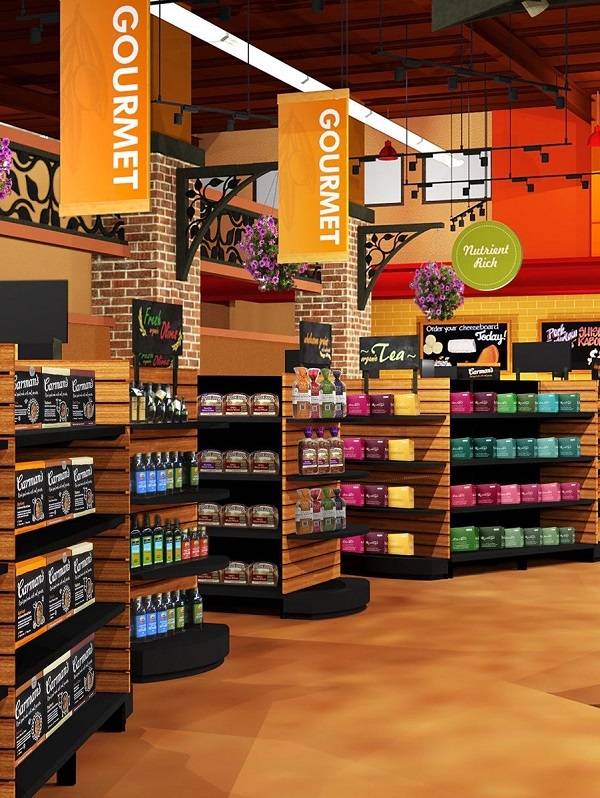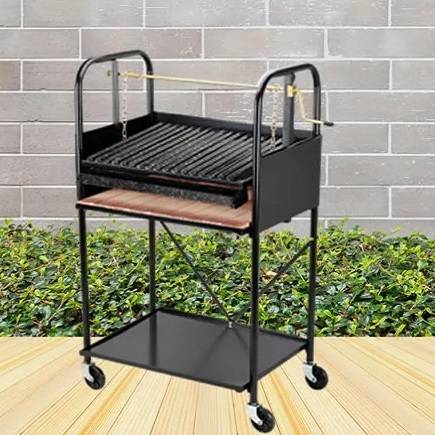- CatalogTop
Full catalog list - Food & BeveragePopular
Popular packed food and beverages
- Beauty & Self Care
Beauty and personal self-care products - Home & Garden
Home and garden supplies and accessories - Board Games
Most popular board games from Latin America - BrandsAll brands
Full list of all brands in the store. Browse all brands - IndustriesNew!
Filter products by desired business category - Services
See all services - See All Products
See full list of all products - Companies
Companies list
Turning grapes into raisins: drying methods

Geographical location is not the only factor that affects raisins quality, the used drying practice does as well. Sun drying, shade drying and mechanical drying are the three methods used in order to produce raisins. Air drying of solar energy has shown to be an effective alternative to mechanical drying systems since it is more cost-effective, especially in locations with good sunshine during the harvest season.
Some specific characteristic of grapes play a significant role both in the drying process itself and in post-drying operations such as washing, cleaning and finish-drying.
Decisive environmental factors that affect the raisins quality are: prevailing temperatures, wind velocity, exposure of grapes to sunlight, humidity.
Pre-treatment
The pre-treatment prepares the grapes for any drying method that is going to be applied. It mostly consists on the application of an oily solution or a dilute alkaline solution that helps accelerate the drying process by reducing the resistance to moisture transfer of the surface skin of grapes, and by improving the internal moisture diffusion coefficient.
This
stage will cause an increase in the drying rate particularly at the
early stages of the drying process.
Sun
or direct drying

This method simply consists on exposing the grapes to the solar radiation. Among the disadvantages of this method are included the possibility of environmental contamination due to insect infections and debris, physical microbial deterioration caused by rain, and color deterioration due to intense solar radiation.
One method of direct drying consists on placing the grapes over trays inside a glass roofed chamber with black walls and holes that allow the passage of fresh air, as well as an opening on top that permits the exit of warm and humid air.
Shade
or indirect drying

This consists on exposing not the grapes, but the air that gets to them to solar radiation.
An example of this type of process is the drying on shelves. This consists on a high structure with 6 to 10 shelves, on which the grapes are placed and are protected from rains by a metal roof. The grapes get retired from the shelves when they get to a 14% humidity level, on approximately 21 days.
Mixed drying
Grapes are not only exposed to solar radiation but also to a heated air flow (by using artificial energy).
Dry
on Vine (DOV)

DOV is a natural drying system, since, as its name implies, clusters are left to dry on the vine. This method consists on the separation of fruiting sprouts and renewal sprouts, having to change their position each year. When the grapes reach a certain level of ripeness, the buds are cut and the grapes are dehydrated whilst in the plant. Unlike other natural systems, using this method, grapes take longer to dry, up to 61 days. However, since it is a slow process and requires less temperatures, a better color, look and flavor is achieved. But it still requires a global modification of the entirety of the plantation.
Post-drying treatment
After any of the previously mentioned methods, the dried grapes need to be processed. However, depending on the used method, the processing will vary. Dried grapes need to be cleaned, which involves the separation of each individual fruit, the removal of stems and foreign materials and the removal of off-grade raisins. The problem is that, in order to cleanse the grapes water has to be used to reduce the amount of dust, sandy soil, and other debris, which may lead to a re-hydration. This phenomena, together with the dissolving of sugars of the dried fruit, the extension of micro-cracks and skin wounds might induce to a problem if not correctly taken care of. This is why, after the cleaning of the fruit, there must be another step before the packaging, which is referred to as the finish-drying.
References
© 2017 - 2024, Directoro.com, or its affiliates. Trademarks are the property of their respective owners.

